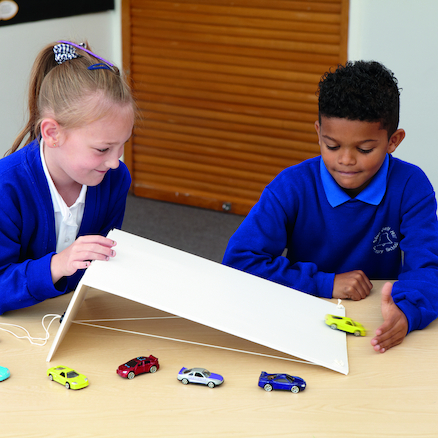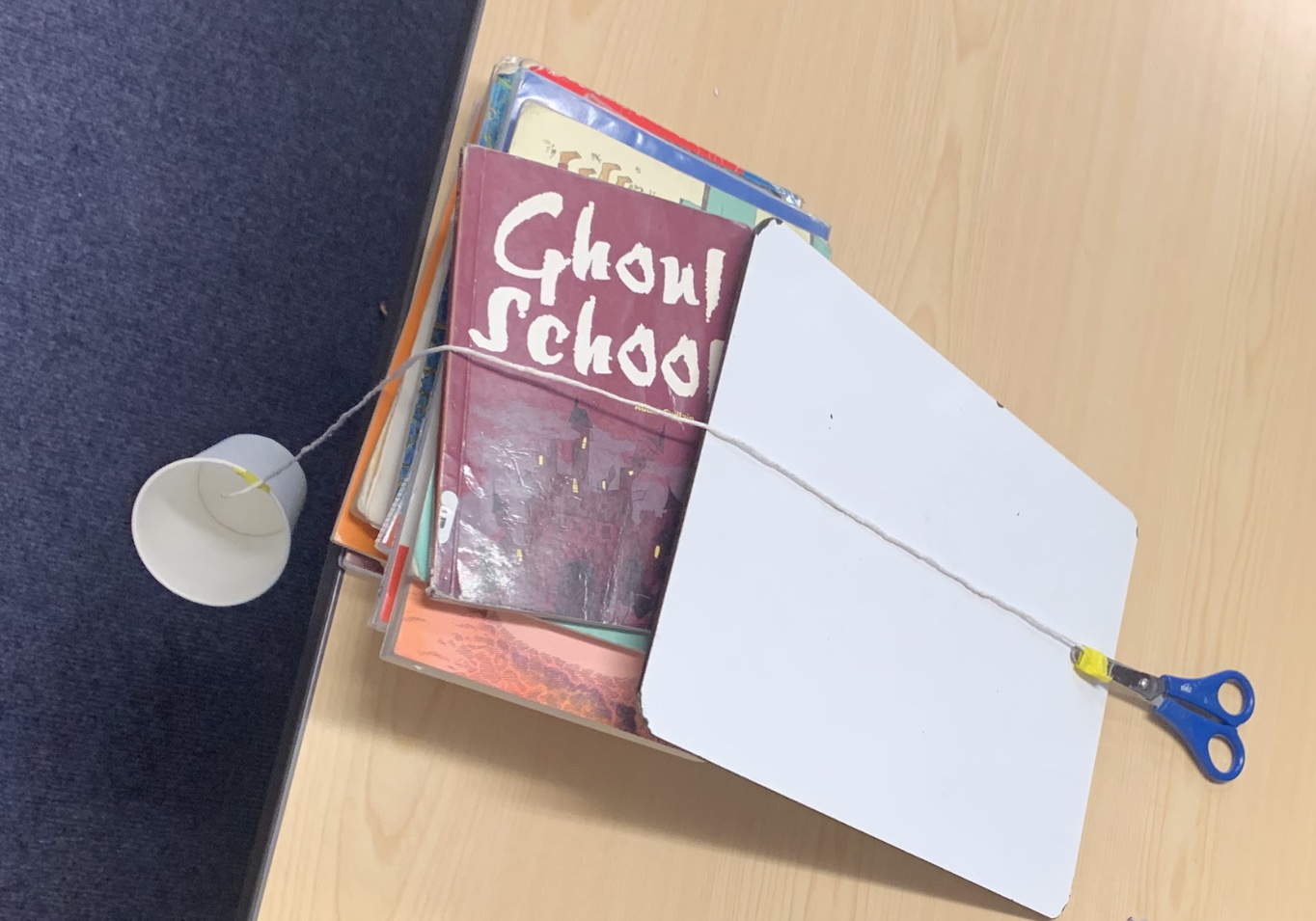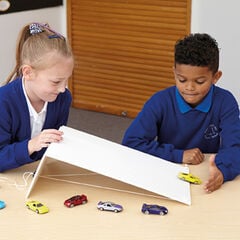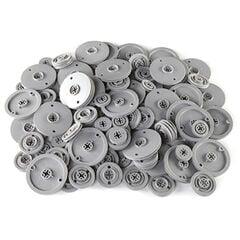The Design and Technology primary curriculum specifies under the Technical Knowledge section that pupils should understand and use mechanisms and mechanical systems both in KS1 and KS2.
In my last blog we dived into a few ways to make wheels and axles, one such mechanism or simple machine.
Here, we’re going to look at three other mechanisms or simple machines that you can use across KS1 and KS2 with some simple activities to do in your own classroom.
Here is a video of Laura Cross talking through each of the activities. Detailed instructions and information is all included below:
1. Inclined Planes
Challenge: Explore lifting a load up an inclined plane
Suitable For: EYFS to KS2
Inclined planes or ramps are the easiest simple machine to start with. From the early years, children will have understood racing down different gradient ramps, knowing that things will roll more quickly down steeper ramps.
You can take this one stage further and think more like engineers or scientists by investigating lifting things up an inclined plane.
1. You can use one of these Forces Value Slope Sets from TTS or you can make your own inclined plane with a mini whiteboard on a pule of books on one end.
2. Take a paper or plastic cup and tape a 30cm length of string securely in the cup on one end and onto a pair of scissors at the other end.
3. Your scissors are the load – the thing you’ll lift up the ramp – so place these onto the ramp to start.
4. Your cup will be here you add weights to pull the scissors up the ramp so hang it down over the edge of a table.
5. You can then use some sort of small weighted items like stones, pennies, counters or even stacking weights to investigate how many it takes to get the scissors to move up the inclined plane.
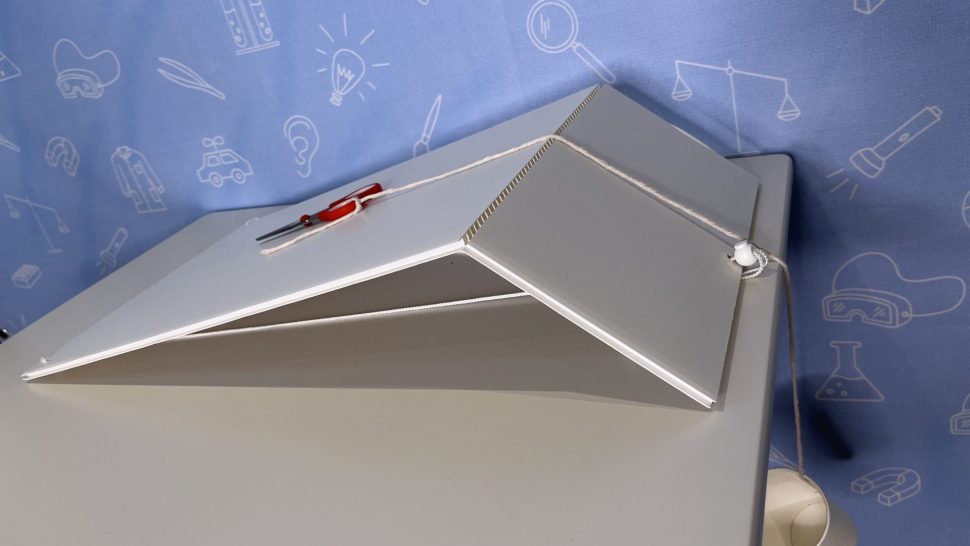
For EYFS set up some ramps in advance with some different toys tied to the ends of string to investigate how many weights it takes to lift the different loads up the inclined plane. After that, you could start to think about lifting the same object up two different gradients as an extension.
For KS1 they’ll be able to lift a few different loads up their ramps – perhaps finding things from around the classroom themselves to investigate, like rulers, glue sticks, scissors or books. They can predict how many weights it will take to lift each load and then test their prediction by counting and recording their results. Groups could have two ramps, each with a clearly different gradient, and test each load on both ramps to compare results.
For KS2 they could use scissors and be more scientific with their investigations. For example, doubling or tripling their load with multiple scissors; raising the starting height of the ramp to 10cm, 20cm or 30cm; and using a different surface on the ramp like bubble wrap to investigate the effect of friction. As they investigate and record the results with these three variables, you can discuss a fair test and the importance of keeping the other variables constant each time.
2. Levers
Challenge: Make a catapult lever to launch a load
Suitable For: KS1 to KS2
You can look at all sorts of uses of levers around you, like door handles, scissors and even an opening and closing door. But the easiest and most fun way to investigate levers is with catapults.
- Create a few different lever catapults with either different sizes of real spoons from the kitchen or large craft sticks with bottle tops stuck to the end.
- Get 2-3 different sized cylinders to use as fulcrums under your lever such as glue sticks or water bottles.
- Place the lever catapult over the cylinder fulcrum and place a pom pom into the spoon or bottle top.
- Press down with a force on the other end of the lever to launch your pom pom load into the air.
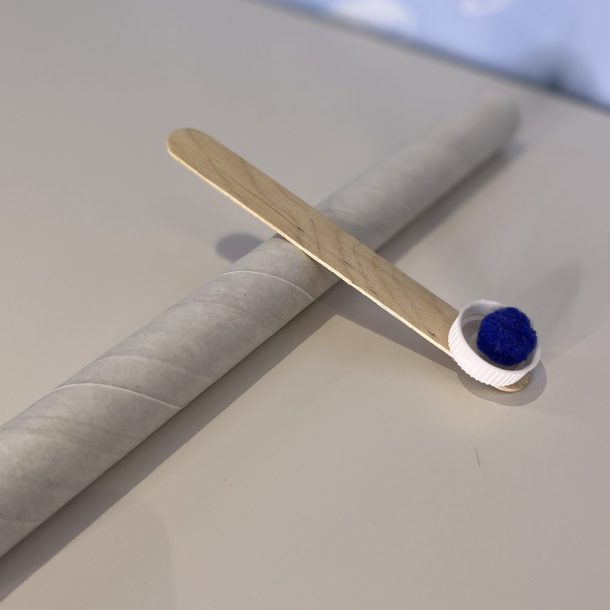
For KS1 give them some catapults and two sizes of fulcrums to investigate which launches their load better. They can try varying the force by pushing down gently or hard or changing the size of the fulcrum and trying to keep the force applied the same. A fun idea is to stand something up for them to try to hit with their pom pom by varying the force and the catapult accordingly.
For KS2 they could try extending lengths of their craft stick catapults by taping more craft sticks together. Once they have a longer lever catapult, they can test whether it works best placing the fulcrum up near the load or down the other end from the load. They’ll need to keep the force applied the same and a good idea to do this is to drop a bean bag from a consistent height each time.

3. Pulleys
Challenge: Build and use pulleys to lift a load
Suitable For: KS1 to KS2
Almost every classroom has a pulley system in their window blinds so you can show a real life use of pulleys straight away and talk about pulling down in one place to create an upwards motion in another place.
Then you can build some of your own pulleys as simple or as complicated as you like.
For KS1 a simple pulley can be made using a large bulldog or other style clip attached to a table. Tape one end of a piece of string to your load which could be a toy or classroom item. Then loop your string up and through the clip and then back down to hold the other end in your hand. Pull the string down to lift your load up. You could make this fun by lifting up and down a cup facing downwards as a trap to catch something placed underneath – a spider catcher maybe?
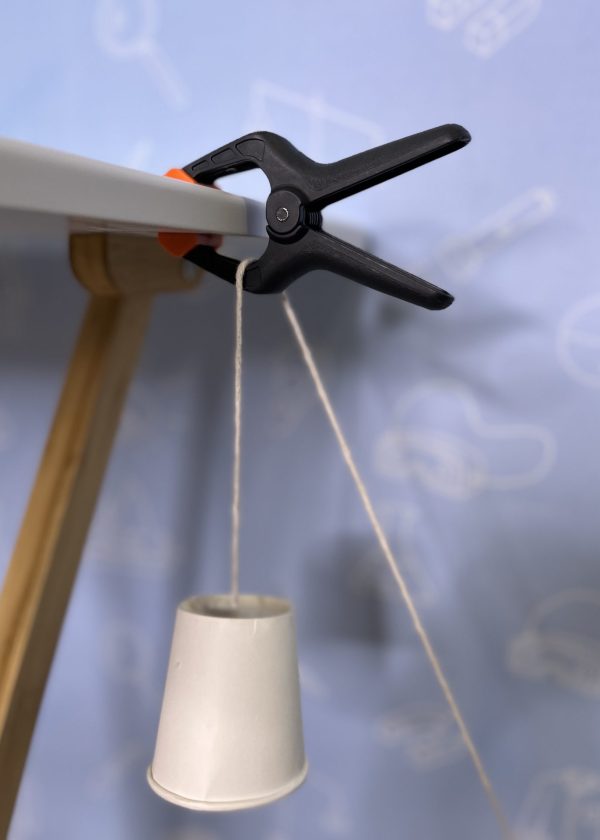
For KS2 they could make a simple pulley as above using something smaller like an opened up paper clip and they can then extend this into a system of two pulleys using a similar set up and a second pulley attached to the load itself. If you want to take it even further, you could build an elevator system using the TTS pulley pack and some skewers.
If you’d like to try more engineering with your pupils, Inventors and Makers can help you set up your own after-school engineering club, provide STEM workshops and even train your staff on bringing engineering to their own classrooms.
With many thanks to Laura Cross for sharing this blog with us.
About the author:
Laura is a qualified and experienced primary teacher and STEM specialist who runs Inventors and Makers workshops, after-school clubs and CPD both virtually and in-person for schools all over the world. She wants to help teachers feel confident to teach engineering themselves and so allow pupils everywhere to experience the hands-on educational fun of engineering.



